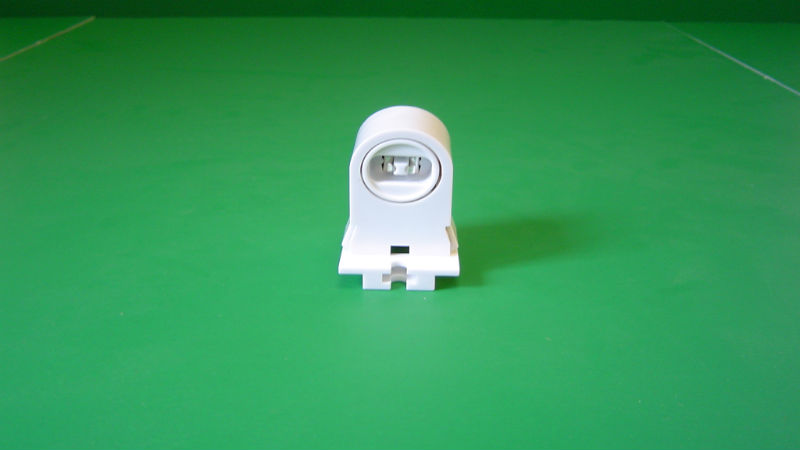In fluorescent light fixtures, the one or more commonly two sockets that hold the fluorescent tube into the ballast and fixture are called the sockets. They are also known as tombstones, mainly due to their shape.
There are many different designs and options in these sockets, including how the pins or the ends of the light bulb are inserted into the socket. These features are easily visible and are designed to allow the right type of bulb to fit into the socket.
What is not readily visible is the type of socket. For use with fluorescent tubes, there are both shunted and non-shunted sockets. Mixing up these two options is potentially dangerous as it can result in electrical shorts in the light, which may result in a fire. At the very least, it will shorten the life of the bulb.
The Non-Shunted Socket
Non-shunted sockets are used with most types of fixtures, with the exception being the instant start types of ballasts. With a non-shunted socket, the power from the ballast comes into the socket on two separate sides and does not connect or join inside the socket.
In other words, non-shunted sockets have two different power leads into the socket, and these remain separate and apart. In most, but not all designs, the base of the non-shunted socket will have four holes for the lead wires, while with the shunted tombstone there is only two. However, there are several exceptions, so this should never be used as the primary determinant as to the socket type.
The best option is to use a voltage meter that is set to continuity. When the two contacts are touched with the meter ends and there is no continuity detected, you are working with non-shunted sockets. With shunted sockets, continuity is present and results in a reading or a signal on the meter.

